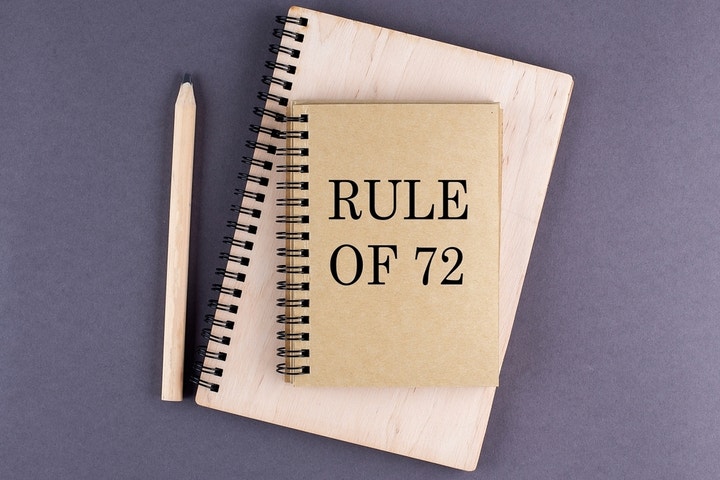
There's one milestone that never loses its appeal: doubling your money. Whether it’s a retirement account, an income-focused portfolio or a long-term bet on private markets, the math behind turning $100,000 into $200,000 is more straightforward than many realize.
Knowing that math can help investors set realistic expectations, and spot opportunities hiding in plain sight.
The Rule of 72
At the core of this calculation is a simple formula: divide 72 by the expected annual return. That gives you an estimate of how many years it will take to double your money, assuming the return compounds annually and stays consistent.
For example, an investment earning 6% per year will double in about 12 years (72 ÷ 6 = 12). At 9%, it takes just 8 years. And at 12%, it takes only 6.
The Rule of 72 isn't perfect. It becomes less accurate at higher rates of return or with non-annual compounding, but it's close enough for back-of-the-napkin planning. And for most investors, that's exactly what's needed.
The Gap Between Traditional and Alternative Returns
When applied to the types of returns investors commonly chase, the Rule of 72 reveals something striking: most traditional investment strategies are slow.
High-yield savings accounts (4%–5%): Even with today's elevated rates, it takes 14–18 years to double your money.
Investment-grade bonds (5%–6%): These get you there in 12–14 years, assuming no defaults and reinvested coupons.
Broad market index funds (7%–9%): This is the long-term historical average for U.S. equities, pointing to an 8–10 year doubling window.
These are solid strategies and often the foundation of a healthy portfolio. But they're not fast.
That's why more capital is flowing toward private investments that aim higher.
Private Investments with Double-Digit Targets
Accredited investors who are willing to lock up capital longer, the Rule of 72 shows just how powerful higher returns can be.
Private equity and venture funds often target IRRs of 15% or more. At that level, doubling your money takes under 5 years.
One example is the U.S. Home Equity Fund, a private real estate fund that invests in home equity agreements (HEAs). These contracts give homeowners cash today in exchange for a share of their home's future appreciation, without debt or monthly payments. The fund targets a 14%–17% net IRR, translating to a doubling period of just 4 to 5 years.
That puts it on pace with traditional private equity but tied to residential real estate, one of the most stable asset classes available. The owner-occupied home equity market is valued at nearly $35 trillion, the largest store of wealth in the U.S.
See also: This fund gives you access to the $35 trillion home equity market without buying or managing property. Get the full details on how accredited investors are tapping into America's largest stores of wealth with built-in downside protection.
The Math Cuts Both Ways
The Rule of 72 also helps put underperformance in perspective. An investment earning just 3% a year takes 24 years to double. Inflation alone could outpace that. And a 2% return? You're looking at 36 years.
In other words, time is not on the side of low returns.
This is why high-net-worth investors, and increasingly institutional allocators, are overweighting alternatives. It's not just for diversification. It's about compressing the timeline between capital outlay and value creation.
What Investors Can Do With This
Knowing how long it takes to double your money based on projected returns can shape everything from asset allocation to liquidity planning.
Long horizon with low liquidity needs? A 15% IRR private investment could play a larger role.
Need flexibility and short-term access? Stick with bonds or high-yield cash products, but understand the tradeoff.
Trying to balance both? Layering public equities with higher-yielding private debt or equity funds may shorten the doubling timeline without adding uncontrolled risk.
Final Thought
Most investors chase performance without understanding what it means in practical terms. But asking "how long until this doubles my money?" forces a clearer view of which investments are building wealth, and which are just treading water.
Some paths take decades. Others just a few years. Knowing the difference is what separates passive savers from intentional wealth builders.
Read next: Wall Street has been quietly buying up equity in owner-occupied homes, and the strategy is kind of genius. Here's how one company is using it to produce 15%+ annual returns for its investors.
Image: Shutterstock







